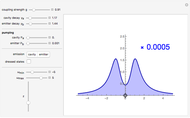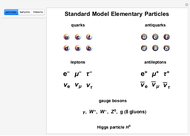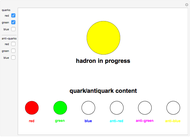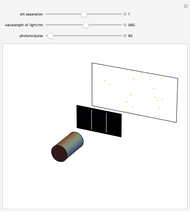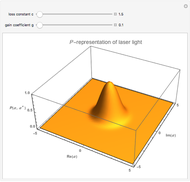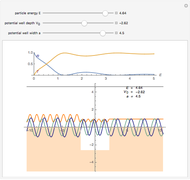Rotation of Feynman Diagrams around an Electron-Photon Vertex

Requires a Wolfram Notebook System
Interact on desktop, mobile and cloud with the free Wolfram Player or other Wolfram Language products.
Feynman diagrams are symbolic representations for interactions among elementary particles. An interaction occurs when particle trajectories intersect at a vertex. The fundamental vertex in quantum electrodynamics involves a photon γ, represented by a wavy line, and two electrons e, entering and exiting the vertex, represented by solid lines. Arrows oriented in the positive-time direction identify the particles as negatively charged electrons  . Arrows oriented in the negative-time directions represent antiparticles, positrons
. Arrows oriented in the negative-time directions represent antiparticles, positrons  propagating forward in time. Each Feynman diagram can be interpreted as an integral which contributes to the quantum-mechanical amplitude of a process, via a set of Feynman rules. Remarkably, different orientations of a Feynman diagram can represent alternative sequences of spacetime events. You can rotate an
propagating forward in time. Each Feynman diagram can be interpreted as an integral which contributes to the quantum-mechanical amplitude of a process, via a set of Feynman rules. Remarkably, different orientations of a Feynman diagram can represent alternative sequences of spacetime events. You can rotate an  vertex into eight different orientations, each describing a completely different physical process. Included are electron-positron creations and annihilations, which contain the essence of Einstein's mass-energy relation
vertex into eight different orientations, each describing a completely different physical process. Included are electron-positron creations and annihilations, which contain the essence of Einstein's mass-energy relation  .
.
Contributed by: S. M. Blinder (March 2011)
Open content licensed under CC BY-NC-SA








